For the past 20 years, the western international TV contingent was somewhat happy to travel across the globe in December to Singapore for the annual Asia TV Forum (ATF). For some ATF participants the trip included stopovers in Japan and South Korea, among other Asian countries (and even Australia and New Zealand sometimes), while appointments with smaller Southeast Asian TV buyers were arranged on the ATF floor.
Since its inception, the market walked a tightrope: Sales were not always as expected for many exhibitors, and the event’s insistence on hosting a big number of conferences (to show a large number of participants) took buyers away from the floor. Nonetheless, the ATF was thought to be a good way to end the international TV markets’ calendar year (for film production, there is still Focus, December 15-17 in London), and it was considered one that should not be missed even though, over the years, many exhibitors, especially those from Latin America, reduced their contingents. (Turkish companies, meanwhile, had increased their presence in recent years.)
The pandemic has forced this 21st edition of the ATF, set to take place December 1- 4, to become a virtual market, which will continue as a “catch-up” event (meaning participants can return to it) until February 28, 2021.
To get a sense of how ATF organizers are adapting to this “new normal,” VideoAge connected with Yeow Hui Leng, Group Project Director, Asia TV Forum & Market at Reed Ex-hibitions.
VideoAge: Do Asian buyers approach virtual markets differently than their Western counterparts?
Yeow Hui Leng: Asian buyers’ approach tends to be more relationship-based. Buyers in this region prefer dealing with companies that they have existing relationships with. This has been a longstanding culture. The approach will not be very much different, virtual or not. Some Asian buyers are not very active when it comes to replying to emails and engaging online. Therefore, new sellers need to exercise more patience and make more of an effort to reach out since face-to-face meetings are currently not possible. Gaining trust, especially in the long run, is important in Asia.
VA: How do you plan to overcome the “virtual fatigue” that plagues both buyers and sellers these days?
YHL: There has been a string of virtual markets and conferences this year, and ATF is probably the last event to close the year with. Thus, to manage the virtual fatigue, we are focusing on delivering quality business meetings through our matchmaking and speed-dating programs to ensure attendees have compelling reasons to log in and stay engaged with the platform.
In addition, [our] team has been working very hard to roll out a good and one-login user experience for our audience [i.e., only one login is required to access all features of ATF Online Plus]. We are doing that by programming content that is ‘bite-sized’ in format, streamlining the technical functions for ease-of-use, introducing live events to encourage interactivity, and also providing personalized and prompt assistance to attendees who need help with the system and their schedules.
We are also keeping the platform available on demand until February 28, 2021, to give our participants enough time to revisit the content at their own pace.
Currently, in the industry, virtual B2B events haven’t been able to entirely replicate or replace the outcomes and experiences of a physical event. We are doing our utmost best to make the digital platform as good as it can get.
VA: Will you be making use of AI to navigate the site?
YHL: Our platform is powered by an AI algorithm that serves attendees to ATF Online Plus with recommendations that best match their profiles and requirements. Attendees will be able to make full use of this feature to meet new contacts that they would have otherwise missed at ATF Online Plus.
VA: Buyers and sellers tend to “talk” all the time. What can you do to get them to do most of that “talking” at ATF virtual?
YHL: Attendees can engage in both structured and unstructured interactions. For example, they could browse through the attendee directory and easily reach out to a specific contact via video or chat with the ‘Click-easy meeting’ function.
The platform is continuously updated to feature the latest content offered by pavilions and sellers. If a buyer is interested, he can simply show interest, and initiate a meeting request with the specific seller with just a click of a button. It’s all hassle-free!
Moreover, if attendees are unsure who to get in touch with, the AI-powered platform provides recommendations based on their profiles so that they know where to begin.
We’ve also lined up several programs and initiatives that encourage interactions between the various attendees. They are: The Guaranteed Virtual Meetings program, where we personally curate and arrange meetings for specific buyers and sellers to meet at ATF Online Plus, provided their objectives match; and the Speed Dating program, where we have opened up invites to those with projects in development to meet co-producers and/or commissioners in an arranged and controlled setting.
VA: In your view, what is the secret to a good virtual market? Is it to make it easier to be navigated by the buyers? Or the sellers? (Each have different needs, after all, and creating a compromise risks making both unhappy.)
YHL: A good virtual event is one that keeps attendees engaged. It’s all about the content — which needs to step up to the plate to draw people in. When it comes to conferences, we’ve definitely been to at least one ‘death by PowerPoint’ webinar which was plagued by walls of text and dull presentations. Therefore, it’s essential to keep content sharp, focused, and personal.
When it comes to the market, it needs commitment from both sellers and buyers in order for the market to be successful. Both sides must be willing to explore new contacts via virtual means, to visit and read the content posted on the platform, and participate actively in online meetings and events — just like what everyone does at a physical event. Only then can the market come alive with buzz.
At the end of the day, the platform is just hardware. It needs the software, which is the human touch and the willingness to participate, to make it meaningful.
Audio Version (a DV Works service)

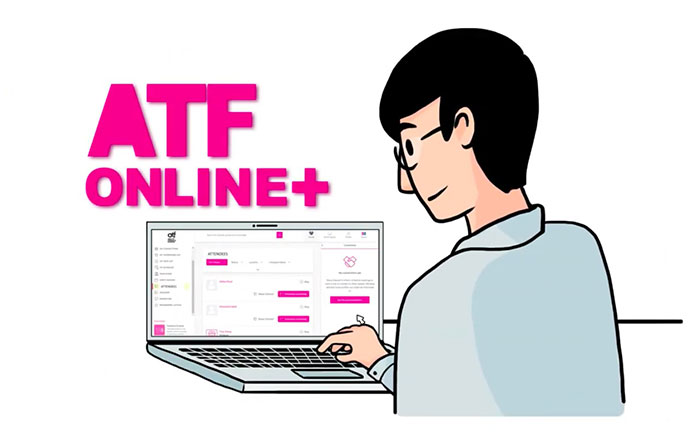
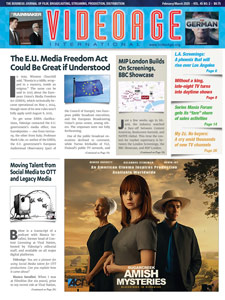

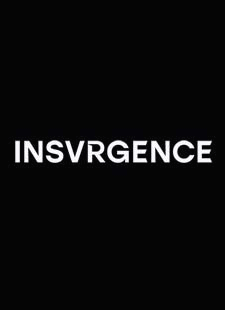


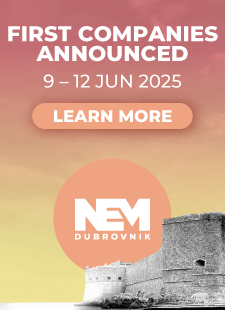
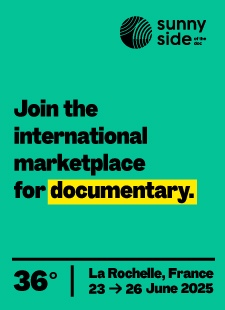


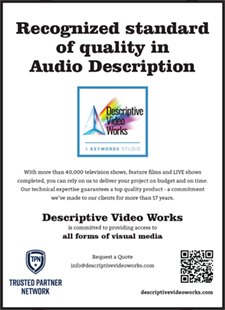
Leave A Comment